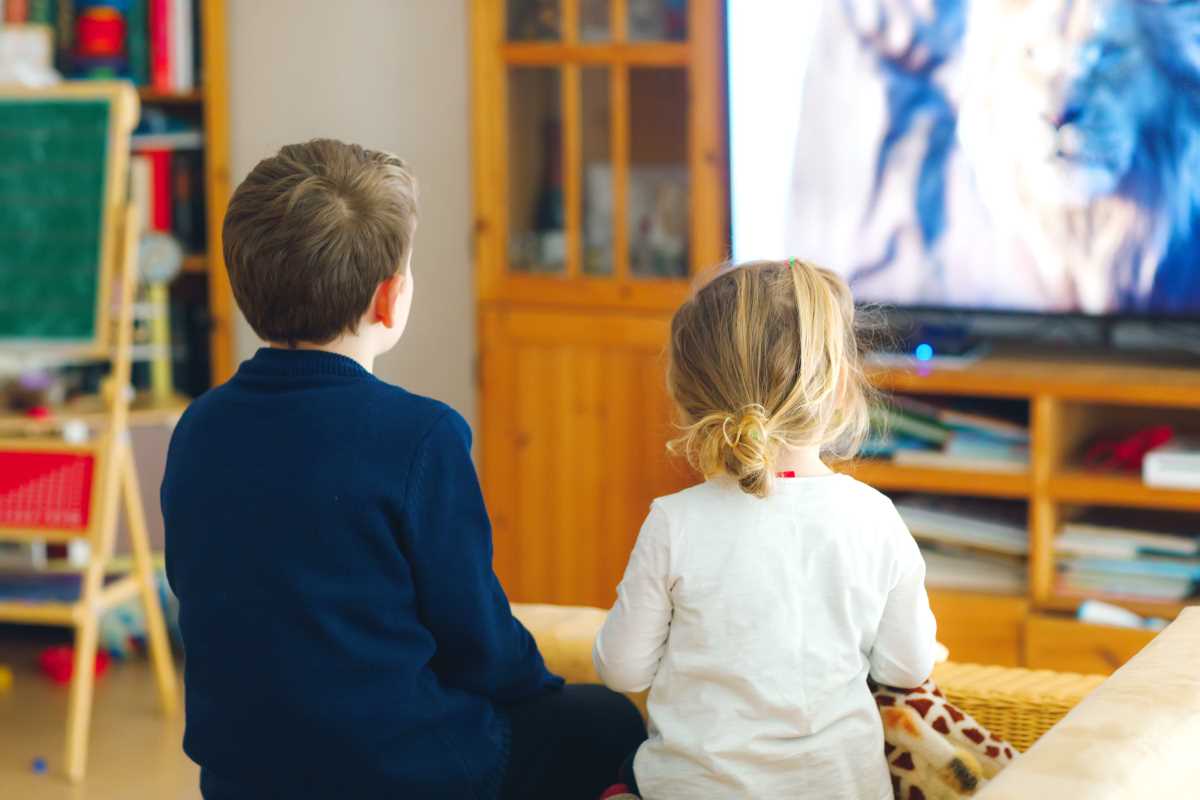Finding the right balance between screen time and outdoor activities for your kids can feel like navigating a maze. With the allure of digital devices and the undeniable benefits of fresh air and physical play, parents today are constantly seeking ways to ensure their children grow up healthy, happy, and well-rounded.
The Importance of Outdoor Play
Engaging in outdoor play offers a multitude of benefits that contribute to a child's overall development:
- Physical Health: Regular outdoor activities help build strong muscles and bones, improve coordination, and reduce the risk of childhood obesity.
- Mental Well-being: Time spent outside can decrease stress levels, boost mood, and enhance cognitive function.
- Social Skills: Playing outdoors often involves interacting with peers, which helps children develop communication and teamwork abilities.
- Creativity and Imagination: The natural environment provides endless opportunities for imaginative play and exploration.
- Connection with Nature: Exposure to the outdoors fosters a sense of responsibility towards the environment and an appreciation for the natural world.
Understanding Screen Time
Screen time encompasses all the time children spend using devices with screens, such as smartphones, tablets, computers, and televisions. While these devices can be educational and entertaining, excessive screen time may lead to various issues. Understanding the types and effects of screen time is crucial for parents who aim to create a balanced lifestyle for their children.
Moderate screen time can support learning and provide access to a wealth of information. However, overexposure can result in decreased physical activity, impaired sleep patterns, and challenges in social interactions. The content consumed during screen time plays a significant role in its impact, making it essential to monitor both the duration and the quality of the media your children engage with.
Practical Tips for Parents
- Set Clear Limits: Establish specific times for screen use and outdoor activities. Consistency helps children understand and adhere to the boundaries.
- Create a Schedule: Design a daily routine that balances academics, screen time, physical play, and family activities.
- Encourage Outdoor Choices: Provide a variety of outdoor toys and games that interest your child, making outdoor play more appealing than screen time.
- Be a Role Model: Demonstrate a healthy balance by moderating your own screen use and participating in outdoor activities with your children.
- Designate Screen-Free Zones: To promote interaction and better sleep, identify areas in your home where screens are not allowed, such as the dining room or bedrooms.
- Engage in Joint Activities: Spend quality time outdoors with your kids, whether it’s hiking, biking, or simply playing in the park, to strengthen your bond and encourage active lifestyles.
- Monitor Content: Keep an eye on the types of programs and games your child is exposed to, ensuring they are age-appropriate and beneficial.
Overcoming Challenges
Implementing a balance between screen time and outdoor play comes with its own set of challenges. One common hurdle is resistance from children who are deeply engaged with their devices. To tackle this, it's important to communicate the reasons behind limiting screen time and involve them in creating new routines that include outdoor activities they enjoy.
Another challenge is finding safe and accessible outdoor spaces, especially in urban areas. Parents can overcome this by exploring local parks and community centers or even creating a small backyard oasis. Scheduling regular outdoor time can help integrate it seamlessly into family life, making it a natural part of the daily routine rather than an afterthought.
Balancing screen time with outdoor play is a journey that requires patience, consistency, and a willingness to adapt. By understanding the benefits of outdoor activities, being mindful of screen usage, and implementing practical strategies, parents can create a healthy and fulfilling environment for their children to thrive in the digital age.







